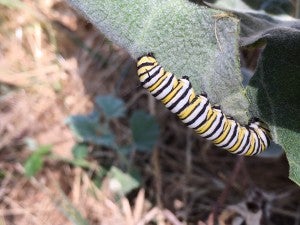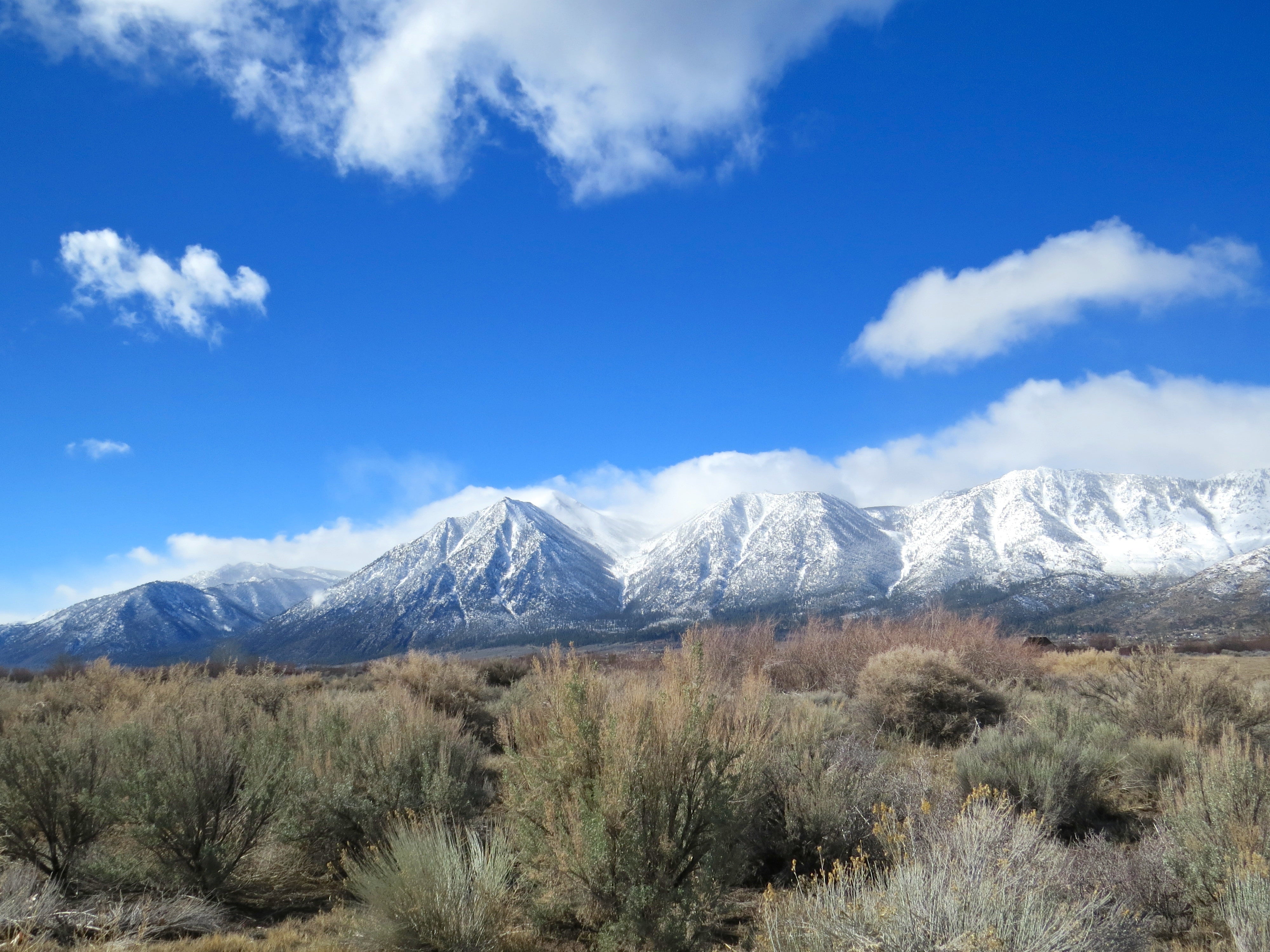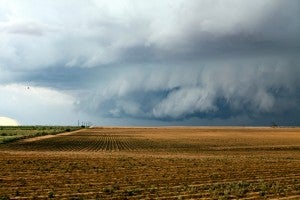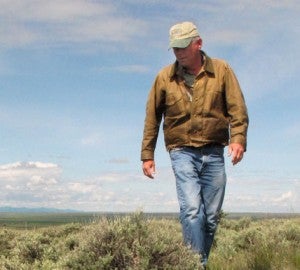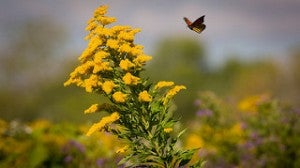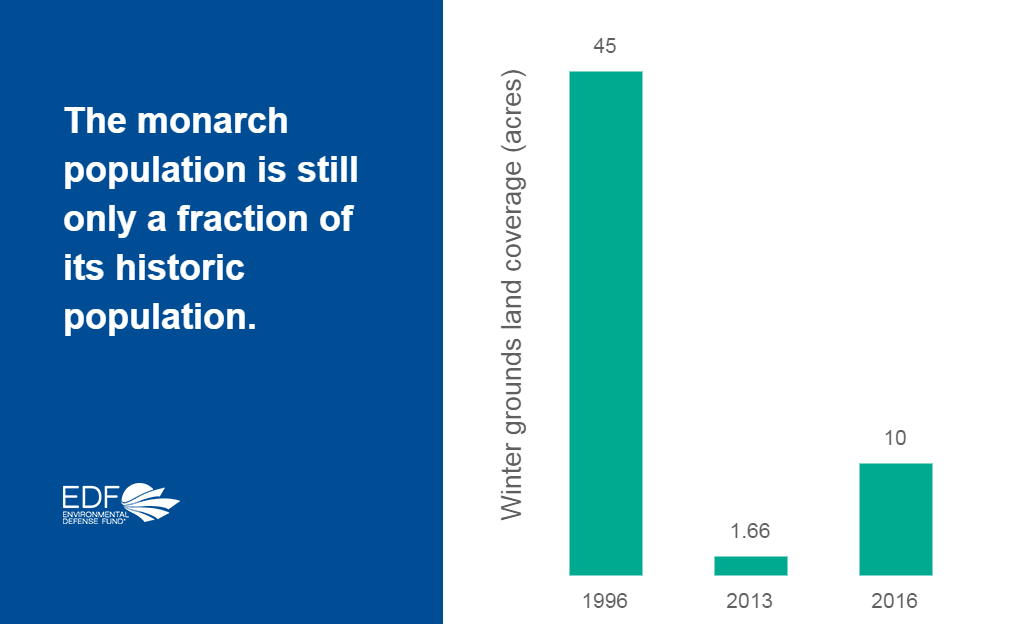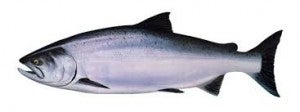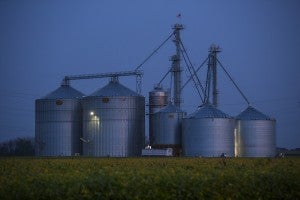
A pair of Swainson’s hawk nest in a 100-year-old valley oak tree at Davis Ranch in Colusa, California. (Credit: Emily James)
The Golden State is well known for its robust and diverse agricultural output, even during times of drought. In 2014, California’s farms, ranches and nurseries turned out $54 billion worth of everything from oranges to rice, and milk to nuts.
Our farms and ranches are less renowned for the rich wildlife habitat they also provide, in some cases for threatened species like the Swainson’s hawk and giant garter snake, which have long struggled with the disappearance of their historic habitat in open grasslands and tule marshes.
The Swainson’s hawk population in California used to be close to 17,000 mating pairs. Today, that number is closer to 2,000. And the giant garter snake has faced the loss of 95 percent of its historic Central Valley wetland habitat. In both cases, landscape conversion and fragmentation, in addition to land management practices such as rodent control, have steadily worn away the suitable habitat for these species.
Fortunately, many species are adapting to these landscape changes and, with wildlife-friendly practices, are able to thrive on productive California farms and ranches. Farms like Davis Ranch. Read More










